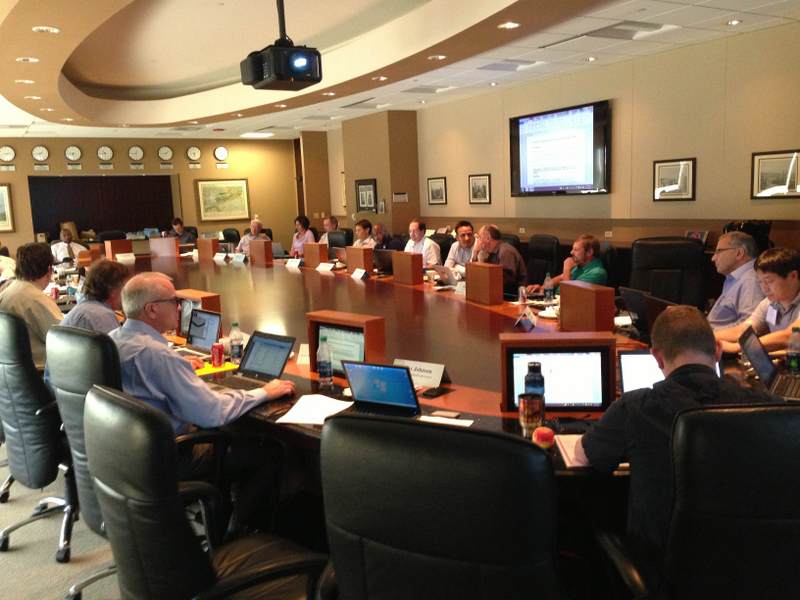This posting first appeared at www.redband.avshout.com
There is something brewing underneath a lot of our recognition in the commercial audio industry. Many of us have heard about it, read about it, been asked for a reaction to its presence in the marketplace, taken informational courses on it, and maybe even gotten to the point of implementing it. What I’m talking about is Emergency Communication Systems.
Over the last several years the term MNS (Mass Notification System) has crept into our normal industry vernacular. Mass Notification can take many forms. It can be visual, audible, or, as many of us recently experienced on the western coast, it can take the form of a government issued Amber Alert text message at 2 am. It has very quietly become a part of our daily lives. But there’s one specific portion of MNS that has been going through an interesting game of ping pong behind the scenes.
This back and forth that’s taking place under the radar starts with the fact that every building out there has a fire alarm system. These systems have become more and more sophisticated with their ability to notify both locally and remotely, sense not just heat but smoke and even carbon dioxide. The part of the system that hasn’t improved, though, was the audio broadcasting device. Sure that signal will set the SPL meter ablaze, but when the spoken word tries to come through those speakers, all is lost. The National Fire Protection Agency (NFPA) tried to rectify this back in 2010 with the release of the NFPA 72 code book. This code brought out a whole new possibility for complete Emergency Communication Systems that would work in conjunction with, and addition to, fire alarm systems. One of the key elements that the NFPA code brought to the forefront was the idea that these emergency communication systems would be required to take intelligible speech into account. The code book even laid the ground work for what that measurement would entail. However, it was far from a hard and fast rule and the majority of the code was prefaced with the concept that what parts to enforce was at the discrepancy of the Authority Having Jurisdiction (AHJ). So whomever the local AHJ was got to determine if that portion of the code applied to the building at hand.
To be honest, this was a good jumping off point for the idea of mandatory intelligible audio for emergency communication systems. It opened the door for A/V contractors to enter a whole new market where their skills in providing not only proper SPL coverage, but also proper intelligible sound coverage could now work with the integrators providing fire alarm solutions.
Cut to 2013 and the release of NFPA 72 for 2013. Over the last 3 years the audio industry has prepared courses in understanding what the new Emergency Communication Systems are capable of and how they are designed. UL has introduced new product certifications to ensure durability in emergency systems and integrators and consultants alike saw the need and benefit of ensuring this intelligibility was present in all their systems as required by code. That is until they read the 2013 code book. The NFPA 72 code book did a complete 180 and actually makes the statement that a quantitative measurement for intelligibility is no longer required. They still provide the guidelines for how they recommend taking the measurement, but no longer require it take place. In essence, leaving the decision up to the subjective hearing of the AHJ on a project by project basis and cutting the potential involvement of a qualified audio contractor out of the project.
Emergencies happen across this country everyday and the ability to understand information to keep yourself and those around you safe is critical in those instances to the point of potentially saving lives. I’m sure there are many reasons introduced that caused the removal of the required intelligibility measurement, but this is definitely something we as an industry need to be watching very closely. It’s an opportunity for us where we excel as a group and another avenue of business for those always looking for a growth market. The real question is at what point will some area of this country suffer a massive tragedy, again, due to the fact that people couldn’t understand the message that was being delivered to keep them safe?





